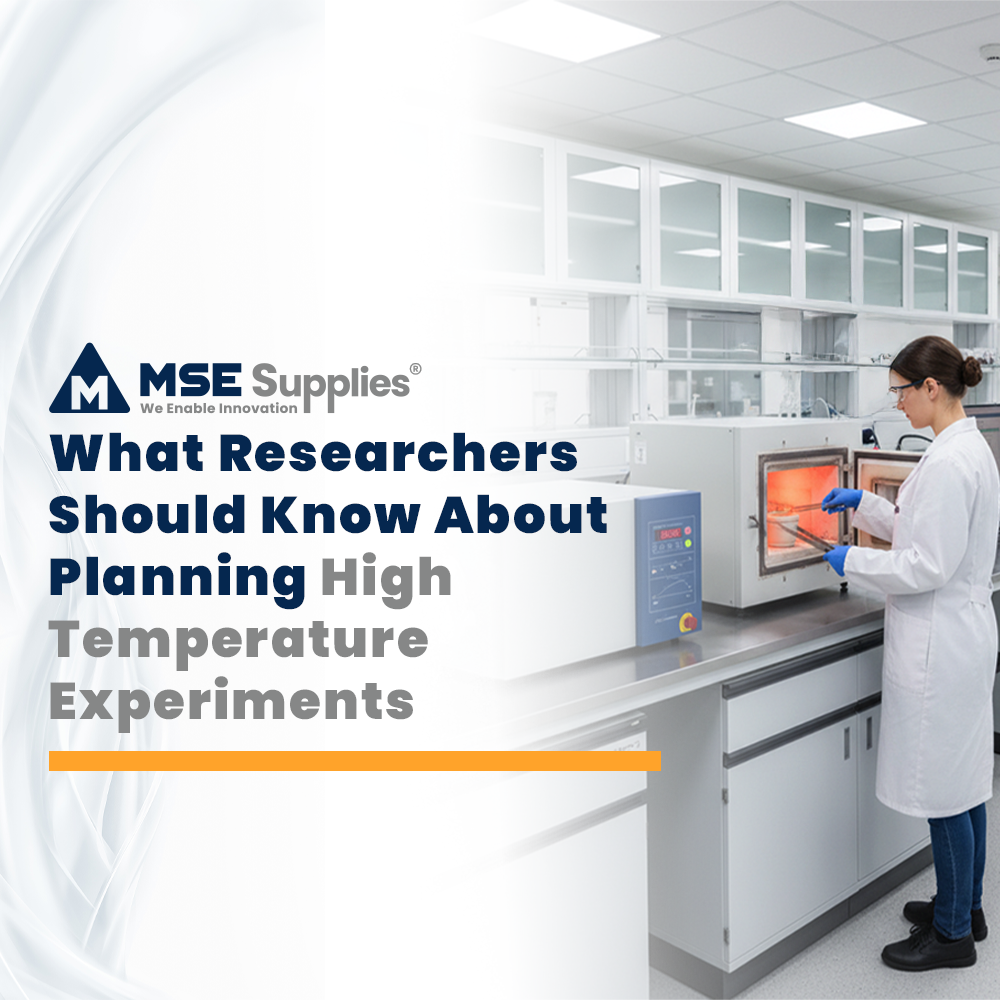Why Safe Chemical Handling Matters
Posted by Marketing Team on

In every laboratory, the attitude towards safety matters as much as any guideline. Personal protective equipment (PPE) and fume hoods are the center of safety discussion, yet one area where chemical substances are handled, stored and disposed of is not given enough attention. Proper chemical handling is one of the main parts of preventing exposure to hazardous situations, so mitigation should start at the beginning to avoid massive damage and accidents.
The Hidden Hazards of Chemical Handling
Chemicals may release hazardous fumes and spills can happen while transferring liquids and solvents used in, for example, liquid chromatography (e.g., HPLC). VOCs in products like solvents, paints, adhesives and cleaning agents can endanger our health. Results from the Environmental Protection Agency (EPA) conclude that the concentration of Volatile Organic Compounds (VOCs) inside a building can be up to ten times higher than outside, causing greater potential health problems for workers.
Even a brief encounter with considerable amounts of VOCs might lead to dizziness, headaches, nausea and irritation in the eyes, nose, and throat. Exposure over a prolonged period has led to serious diseases affecting the liver, kidneys, central nervous system, and an increase in cancer risks.
NIOSH has extensive information on the dangers of chemicals. For example, their Pocket Guide mentions that exposure to ethyl alcohol can irritate the eye, skin and nose tissue, cause headaches, lead to sleepiness, and harm the liver. The report from NIOSH also indicates that exposure to VOCs in amounts below what is considered chronic exposure can cause irritation to the eyes, nose, throat and sinuses.
In laboratories, containers that are not fully sealed against vapors can expose personnel to hazardous substances during routine work. Long-term exposure to a small amount of dust, in places with poor airflow, can hurt health. Because these risks are easy to overlook in daily work, many organizations benefit from upgrading to closed handling systems, but do not use them enough.

The Case for Closed Systems in the Lab
A closed system minimizes contact with materials when handling and disposing of chemicals. Because the systems are not exposed, their solvents cannot evaporate, spills are reduced, and the vapors can be carefully filtered out.
Benefits of closed systems:
-
Minimized VOC exposure to lab personnel
-
Reduced fire hazards from flammable solvent vapors
-
Clean and organized workspaces, free from contamination
-
Improved regulatory compliance with chemical safety standards
These advantages enhance safety and align with ISO and GHS guidelines for chemical handling.
S.C.A.T. Your Partner in Laboratory Safety
MSE Supplies is pleased to offer S.C.A.T Products, helping labs support safe, compliant and effective functioning. Our professional team provides expert support to help you select the right components for your chemical handling systems.
S.C.A.T was developed in collaboration with leading German chemical and pharmaceutical companies. Every product is engineered with chemists and lab technicians in mind, designed to solve real-world handling problems.
-
Safety Caps and Adapters: Provide a leak-proof seal for solvent bottles, preventing vapor release during withdrawal.
-
Exhaust Filters: Neutralize harmful vapors such as acetonitrile or methanol to keep the air safe.
-
Waste Disposal Systems: These systems enable the safe collection of chemical waste with overfill protection, level sensors, and closed-lid designs.
These products meet the demands of modern labs while ensuring long-term safety and environmental responsibility.
Real-World Impact: A Safer Workflow
If a high-throughput lab runs multiple HPLC systems, each solvent bottle or waste container might become a hazard if closed incorrectly. With S.C.A.T. safety caps, filters, and disposal canisters installed, the chance for VOC exposure and accidental spillage is incredibly low. By taking these steps, organizations also prepare for easier and smoother audits and inspections. S.C.A.T Products are also compatible with a wide range of lab equipment, offering flexible configurations for customized safety setups.

Both precision and efficiency are essential in laboratories, yet safety should always be a top priority. Hazards from chemical exposure start at both the stages of transporting and disposing of the chemicals, areas that are normally overlooked and underestimated. With engineering and careful design, S.C.A.T Products helps protect exposed areas. If lab safety is ensured right from the start, workers remain protected, processes improve, risks are reduced, and regulations are followed confidently. Choose smart. Choose safe. Choose S.C.A.T Products when shopping at MSE Supplies.
Do you want to improve the safety of your lab? Purchase top-quality S.C.A.T. Products from MSE Supplies, a reliable laboratory product provider. Join us on LinkedIn to stay updated on new product information, latest trends in the industry, and safety knowledge. Remember to sign up for our newsletter to receive regular updates.
References:
-
International Enviroguard. (2023, October 20). Examples of Volatile Organic Compounds and How to Reduce Exposure. Protecting Your Workforce from Volatile Organic Compounds: VOC Mitigation Strategies to Know. https://int-enviroguard.com/blog/voc-safety-for-industrial-workers/
-
Pocket Guide to Chemical Hazards Introduction | NIOSH | CDC. (n.d.). Retrieved May 27, 2025, from https://www.cdc.gov/niosh/npg/pgintrod.html



